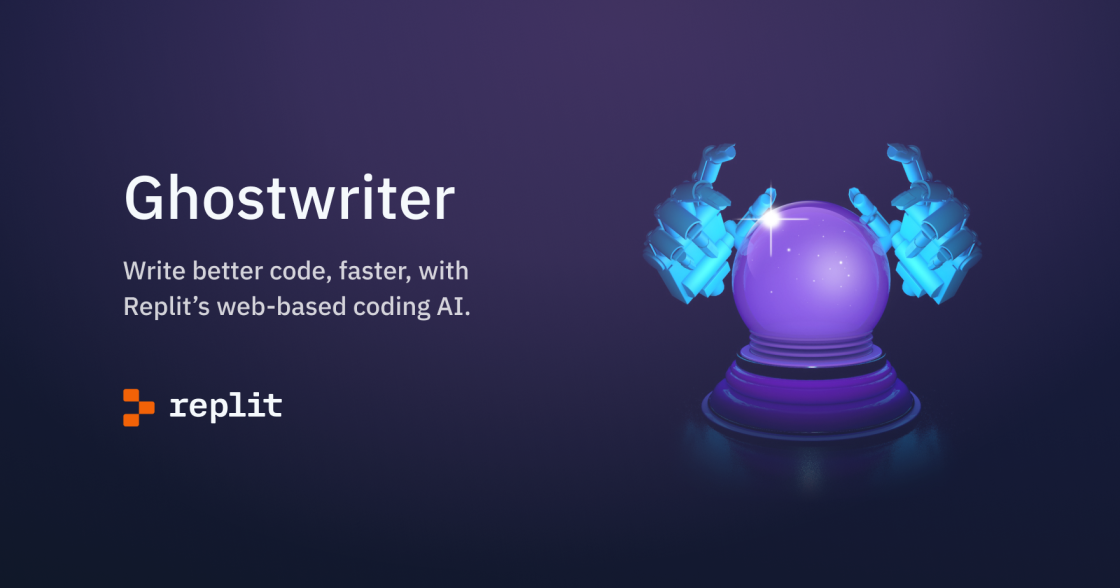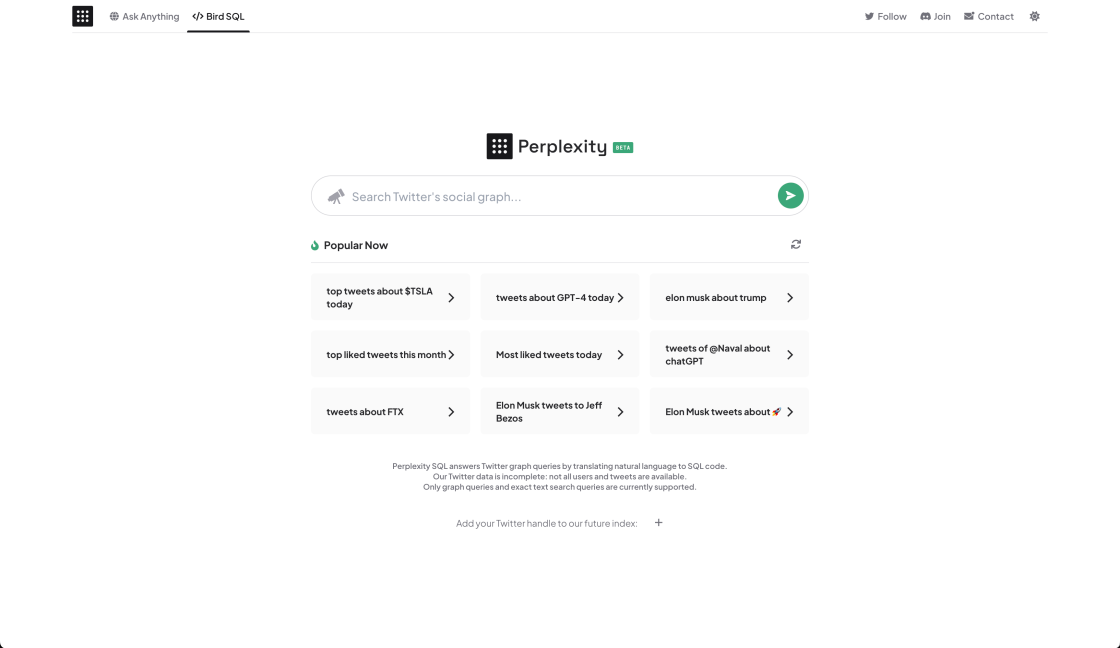

AI Web App Generator: Effortless AI Text Apps! Simplify content generation, language processing & writing. No coding needed. Create easily on our web platform. Unleash AI's power in text apps. Beta version - your feedback matters. Experience it now!
Powered by advanced speech and Natural Language Processing technologies, Vocol is a one-stop voice collaboration platform designed to boost work efficiency by turning voice and data into actionable insights.
Lingoda is a virtual language school that provides teacher-led courses in nine different languages. The school offers a wide range of courses designed to help students learn and master a new language quickly and effectively. With experienced teachers and a user-friendly online platform, Lingoda has become a popular choice for individuals looking to improve their language skills from the comfort of their own homes. Whether you are a beginner or an advanced learner, Lingoda has a course that will suit your needs and help you achieve your language goals in no time.
Livemocha is a renowned online language learning platform that has been offering interactive language courses and resources to its users. The platform provides an excellent opportunity for individuals wishing to learn different languages to improve their language skills. Livemocha has a vast range of language courses, including Spanish, French, German, Chinese, and more. With its unique approach to language learning, Livemocha has become a popular choice for language learners worldwide. Whether you are a beginner or an advanced learner, Livemocha has something to offer to everyone who wishes to learn a new language.
50 Languages is an innovative platform that provides online language courses in 50 different languages and dialects. With the aim of promoting multiculturalism and facilitating communication between people of different backgrounds, the platform offers a wide range of language courses that cater to the diverse needs of its users. Whether you are looking to learn a new language for personal or professional reasons, 50 Languages has got you covered. Its user-friendly interface, interactive lessons, and comprehensive curriculum make it a go-to destination for language learners worldwide.
Kaizena is a cloud-based tool designed to enhance language learning by providing audio feedback. It is an innovative approach to language learning that allows teachers and students to collaborate and engage in a more effective and personalized manner. With Kaizena, teachers can easily provide audio feedback on student work, while students can access the feedback at any time and from anywhere. This tool is especially useful for language learners who need more than just written feedback to improve their skills. It is an excellent resource for anyone looking to improve their language skills and achieve their goals.

Namecheap Logo Maker
AI Powered Logo Creation

Ghostwriter
Ghostwriter - Code faster with AI - Replit

QuickBooks
QuickBooks®: Official Site | Smart Tools. Better Business.

Perplexity AI: Bird SQL
A Twitter search interface that is powered by Perplexity’s structured search engine

QuickTools By Picsart
Comprehensive Online Image Tools | Quicktools by Picsart

OpenAI For Coda
Automate hours of busywork in seconds with GPT-3 and DALL-E.

Voice-AI
Voice Analysis and Optimization

Palette.fm
AI Generated Music for Your Projects
The advancements in natural language processing have allowed researchers to push the boundaries of artificial intelligence (AI) and develop Large Language Models (LLMs) capable of understanding and responding to human language with increasing sophistication. These LLMs, represented by ChatGPT, GPT-4, and other models have opened up new possibilities for developing technologies that can interact with humans more effectively. Specifically, amidst this fascinating development, researchers have begun exploring the potential of Chinese LLaMA & Alpaca LLMs which have shown great promise in their ability to process and understand Chinese language intricacies. The use of LLMs has brought the field of AI closer to achieving General Artificial Intelligence (AGI). This breakthrough technology has drawn immense attention from various industries and stakeholders who are keen on exploring its potential and implications for business processes, customer service, and beyond. As the research in this area continues, it is most likely that we will witness an evolutionary leap in the field of natural language processing, transforming the way we interact with machines, and redefining our understanding of human-machine communication.
LLM stands for Large Language Model, which refers to AI models used in natural language processing with the capability of understanding the context and nuances of language.
Chinese LLaMA & Alpaca LLMs are AI models developed to handle the complexities of the Chinese language, demonstrating the potential of LLMs in expanding the scope of natural language processing.
The Large Language Model has the potential to revolutionize natural language processing, enabling machines to understand human language better and produce more accurate responses to queries.
ChatGPT and GTP-4 are examples of Large Language Models that have gained recognition in the industry for their capabilities in natural language processing.
General Artificial Intelligence (AGI) refers to the ability of machines to perform tasks that typically require human-like intelligence. LLMs represent a significant step towards achieving AGI.
LLMs rely on the massive amounts of data fed into them, allowing them to learn and improve their performance over time. They can then utilize this learning to generate human-like responses to queries.
Chinese LLaMA & Alpaca LLMs were created specifically to account for the intricacies of the Chinese language, making them more suited to process Chinese text accurately.
Industries such as healthcare, finance, education, and customer service can benefit greatly from the use of LLM technology, which can help alleviate workload and provide more accurate responses to queries.
LLM research is ongoing, with continuous efforts to improve language processing capabilities and expand the scope of applications for this technology.
LLM technology can be integrated into a variety of applications, from language translation tools to virtual assistants like Siri and Alexa, making our day-to-day lives more efficient and convenient.
| Competitor | Description | Difference |
|---|---|---|
| OpenAI GPT-3 | A state-of-the-art language processing AI model capable of generating human-like text | Chinese LLaMA & Alpaca LLMs are specifically designed for Chinese language processing, while OpenAI GPT-3 has a broader scope |
| Baidu ERNIE | A pre-training model for Chinese language processing developed by Chinese tech company Baidu | Chinese LLaMA & Alpaca LLMs have a more extensive knowledge base for Chinese language processing |
| Tencent TEGNN | A neural network language model developed by Chinese tech company Tencent | Chinese LLaMA & Alpaca LLMs have superior performance in Chinese language processing |
| Megatron-LM | A state-of-the-art language model developed by NVIDIA with a focus on scalability | Chinese LLaMA & Alpaca LLMs are specifically designed for Chinese language processing, while Megatron-LM has a broader scope |
| Google BERT | A pre-training model for natural language processing developed by Google | Chinese LLaMA & Alpaca LLMs have a more extensive knowledge base for Chinese language processing |
Chinese Llama and Alpaca Llamas are two variations of the Large Language Model (LLM) that have garnered a lot of attention in the field of natural language processing. These models, represented by ChatGPT, GPT-4, and other similar programs, have shown remarkable abilities in natural language comprehension and generation.
The LLM models are capable of processing vast amounts of data, allowing them to generate text that resembles human-written content. They can be trained on a variety of textual data, such as books, articles, and even social media posts. This training enables LLMs to understand the nuances of language and generate cohesive sentences and paragraphs.
One of the most significant advantages of LLMs is their ability to perform various tasks, such as sentiment analysis, summarization, and question answering. These models can read through lengthy documents and provide a summary of the key points or answer complex questions using contextual clues from the text.
While LLMs have been around for several years, recent advances in technology have allowed for even more sophisticated models. The development of Chinese Llama and Alpaca Llamas, specifically tailored to the Chinese language, has opened up new avenues for research and development in natural language processing.
As LLMs continue to evolve and improve, they have the potential to revolutionize the way we interact with our devices. With the ability to understand and generate accurate, context-specific language, these models are paving the way for the next generation of AI-powered communication.
TOP